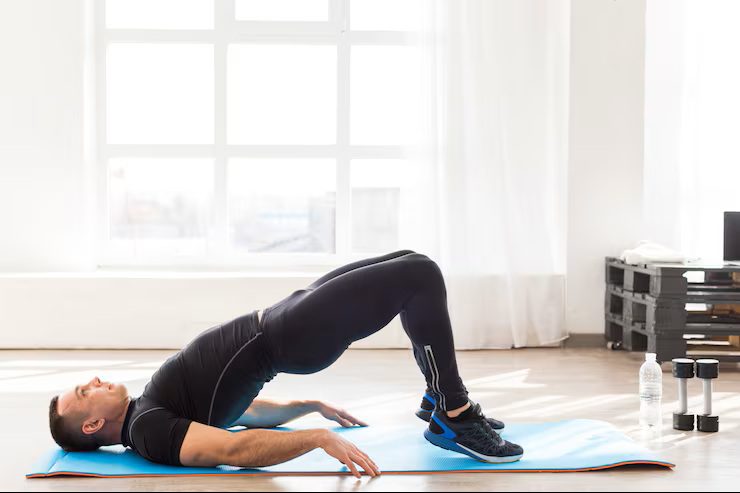Sitting 101
Firstly, make sure you’re sitting correctly. Place your laptop on a desk, rather than on your lap, as this will significantly reduce your chances of developing aches. Keep your feet firm on the floor, back entirely supported by the chair and make sure your elbows are slightly above the desk.
Use a separate mouse and keyboard
The problem with touchpads is that they can force you into using unnatural wrist postures. Using a mouse and keyword will keep things within close reach, so you don’t have to reach forward, resulting in shoulder aches and pains.
Raise your laptop
Looking down too much can put a strain on your neck. We suggest you use a laptop raiser to increase the height of your laptop, so your laptop is only an arm’s length from you and the screen is at eye level.
External monitor
Are you using your laptop mostly in the office or at your desk at home? Consider investing in an external monitor. Laptops have a small screen size that can make text hard to read, resulting in excessive strain on your eyes. The simple solution is to connect your laptop to a large computer monitor.
Standing desk
Sitting in front of a computer all day can result in horrible long-term health issues. Standing at your desk is the easiest answer to this problem, and it’s quickly becoming an office norm. Laptops are mobile, making them great to use on a standing desk. Standing can help reduce fatigue and lessen the strain on your lower back.
Make sure you book online to see one of our physiotherapists to help you with these adjustments and to give you a program of neck and upper back strengthening exercises.



